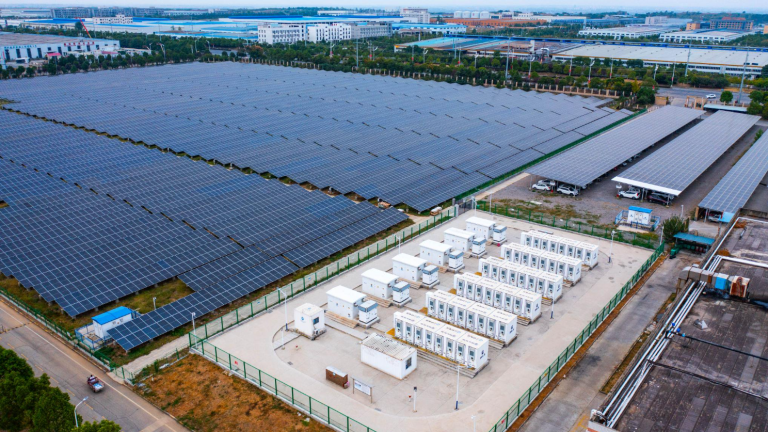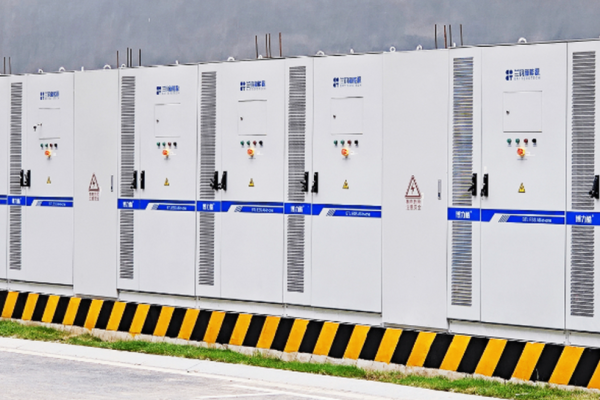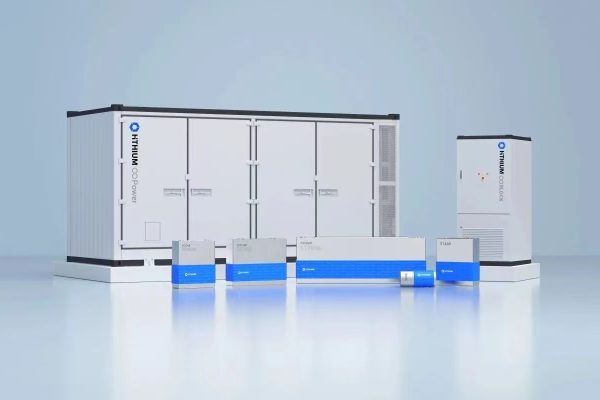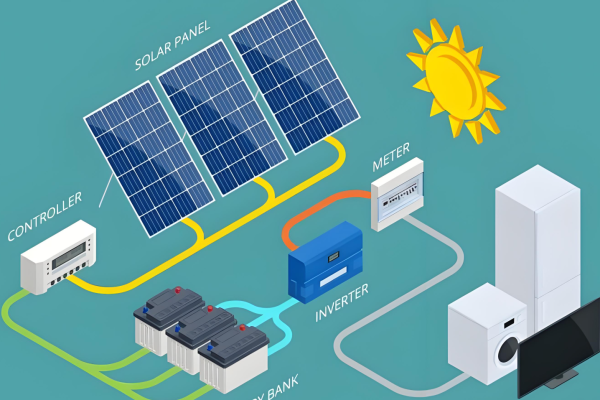Understanding Energy Flows to Optimize Storage Design and Inverter Sizing
Introduction
As residential users increasingly adopt PV + Energy Storage Systems (ESS) for cost savings, energy independence, or backup power, understanding the daily load curve becomes essential. The load curve is the foundation of any well-designed home energy solution—it shapes decisions about battery size, inverter capacity, energy management settings, and grid interaction.
This article explains what a typical daily load curve looks like in a residential setting, how it interacts with solar generation and battery usage, and how system integrators or technical trading teams can use this information to optimize system sizing and customer satisfaction.
1. What Is a Daily Load Curve?
A daily load curve refers to the pattern of household electricity usage over a 24-hour period. It shows how much power is consumed at different times of the day, usually in kWh or W.
Load curves vary by:
- Lifestyle (working from home, evening activity)
- Appliance usage
- Climate (heating/cooling needs)
- Cultural habits (e.g., cooking time, sleeping patterns)
Understanding these patterns allows system designers to match PV generation and battery storage with actual user needs, rather than just using average consumption data.
2. The Typical Residential Load Curve: Hour-by-Hour Breakdown
While every household is unique, the following is a generalized load curve seen in many homes, especially in suburban or urban contexts:
| Time of Day | Typical Load Activity |
|---|---|
| 00:00–06:00 | Low consumption (fridge, standby devices) |
| 06:00–09:00 | Morning peak: lights, coffee machine, heating, shower |
| 09:00–16:00 | Midday drop if occupants are out; some appliances cycle |
| 12:00–14:00 | Possible cooking activity (light to medium load) |
| 16:00–18:00 | Return home: air-con, lights, device charging |
| 18:00–22:00 | Evening peak: cooking, TV, laundry, hot water |
| 22:00–00:00 | Gradual decline in usage |
Load Peaks:
- Morning peak (~6–9AM)
- Evening peak (~6–10PM)
These peaks drive how batteries are charged and discharged across the day.
3. Overlaying PV Generation on Load Curve
PV systems produce electricity based on solar irradiation, following a bell-shaped curve that peaks around noon. A simplified generation profile looks like this:
- 07:00: Generation starts
- 10:00–14:00: Peak generation
- 16:00–17:00: Tapering off
- After 18:00: Zero output
Implication:
- PV cannot cover evening load unless energy is stored
- Without a battery, excess PV in the day is wasted or exported
- With ESS, PV generation is shifted to power nighttime loads
4. Load Curve + PV + ESS: Daily Energy Flow Example
Let’s walk through a typical energy flow scenario in a 5kW PV + 10kWh battery + 5kW hybrid inverter system:
| Time | Source of Power | Energy Behavior |
|---|---|---|
| 00:00–06:00 | Battery or Grid | Low loads handled by battery if SoC > threshold |
| 06:00–09:00 | Battery + Grid (hybrid) | Morning peak pulls battery power |
| 09:00–16:00 | PV powers load + charges battery | PV covers all needs and stores excess energy |
| 16:00–18:00 | PV (tapering) + Battery | Battery starts assisting as PV drops |
| 18:00–22:00 | Battery discharges fully | Covers cooking, lights, AC |
| 22:00–00:00 | Battery (if SoC > threshold) or Grid | Night load runs on battery or grid |
SoC = State of Charge
If battery capacity is correctly sized (e.g., 8–12kWh), the system can support self-consumption >85%, greatly reducing grid dependency.
5. Factors That Affect Load Curve Design
When sourcing or designing a residential system, always check:
a. Household Size & Occupancy
- A family of four has more simultaneous usage than a couple.
- Homes with elderly or WFH residents have higher daytime loads.
b. Appliance Inventory
- Air conditioning and electric heating introduce large spikes
- EV charging may require dedicated scheduling
- Induction cooking and laundry contribute to evening peaks
c. Battery Strategy
- Does the user want backup power? Then prioritize depth-of-discharge and available reserve.
- Is self-consumption optimization more important? Then use flexible scheduling and TOU mode.
6. Load Curve & System Sizing: Best Practices
✅ Battery Sizing:
To design for full evening support:
- Estimate evening load: ~4–6kWh in most households
- Choose a battery with usable capacity (after DoD) of 7–10kWh
- Leave 20–30% reserve for blackout support if needed
✅ Inverter Selection:
- Power output must match peak load moments
- A 5kW inverter often suffices for most homes, but 6kW–8kW is safer for high-load homes
👉 Related Article: How to Match a Battery Pack with a Hybrid Inverter
7. How EMS (Energy Management Systems) Use the Load Curve
Advanced hybrid inverters or third-party EMS can use real-time load profiles to:
- Prioritize critical loads during outages
- Schedule grid charging when electricity is cheapest
- Set export limits to comply with regulations
- Forecast peak loads and shave them using the battery
8. Case Study: Load Curve Optimization Example
Client Profile: 3-bedroom home in Spain, high summer AC use
System: 6kW PV, 10kWh LFP battery, 6kW hybrid inverter
Observations:
- High midday generation (~25kWh/day)
- Consumption mostly from 6PM–11PM
- After system install:
- Grid import dropped by 70%
- Self-consumption ratio improved from 30% to 85%
- Evening load fully covered by stored PV energy
9. Internal Link Suggestions for SEO
To improve search visibility and user engagement, you may link internally to:
- Designing a Home Energy Storage System for Daily Cycling
- How to Choose a Hybrid Inverter for Small-Scale PV Projects
- Why Technical Knowledge Beats Low Price in ESS Sales
- How to Design ESS for Peak Shaving and Load Shifting
Conclusion: Design with Real Loads, Not Just kWh Averages
Understanding the typical daily load curve in residential applications is vital for smart PV + ESS design. A good system isn’t just about having enough solar panels—it’s about knowing when power is needed, and where it comes from.
By mapping consumption patterns hour-by-hour, you can:
- Size batteries and inverters more accurately
- Increase system value and payback
- Help customers achieve true energy independence
For technical traders and integrators, mastering load curve design is your edge—one that builds trust, reduces system returns, and sets you apart from the crowd.









